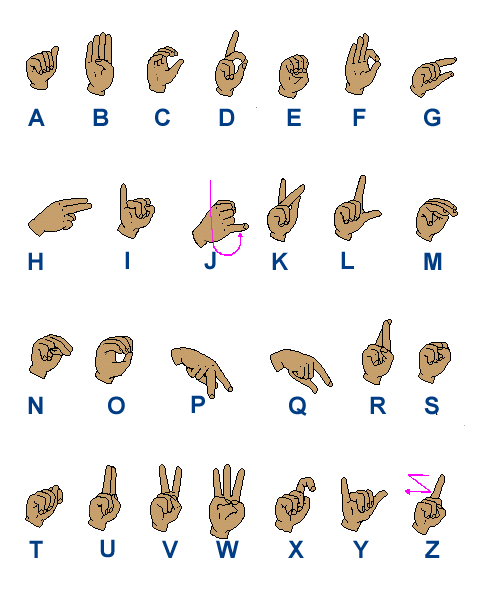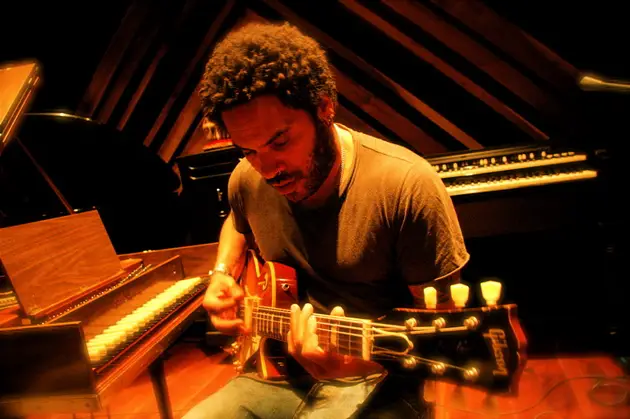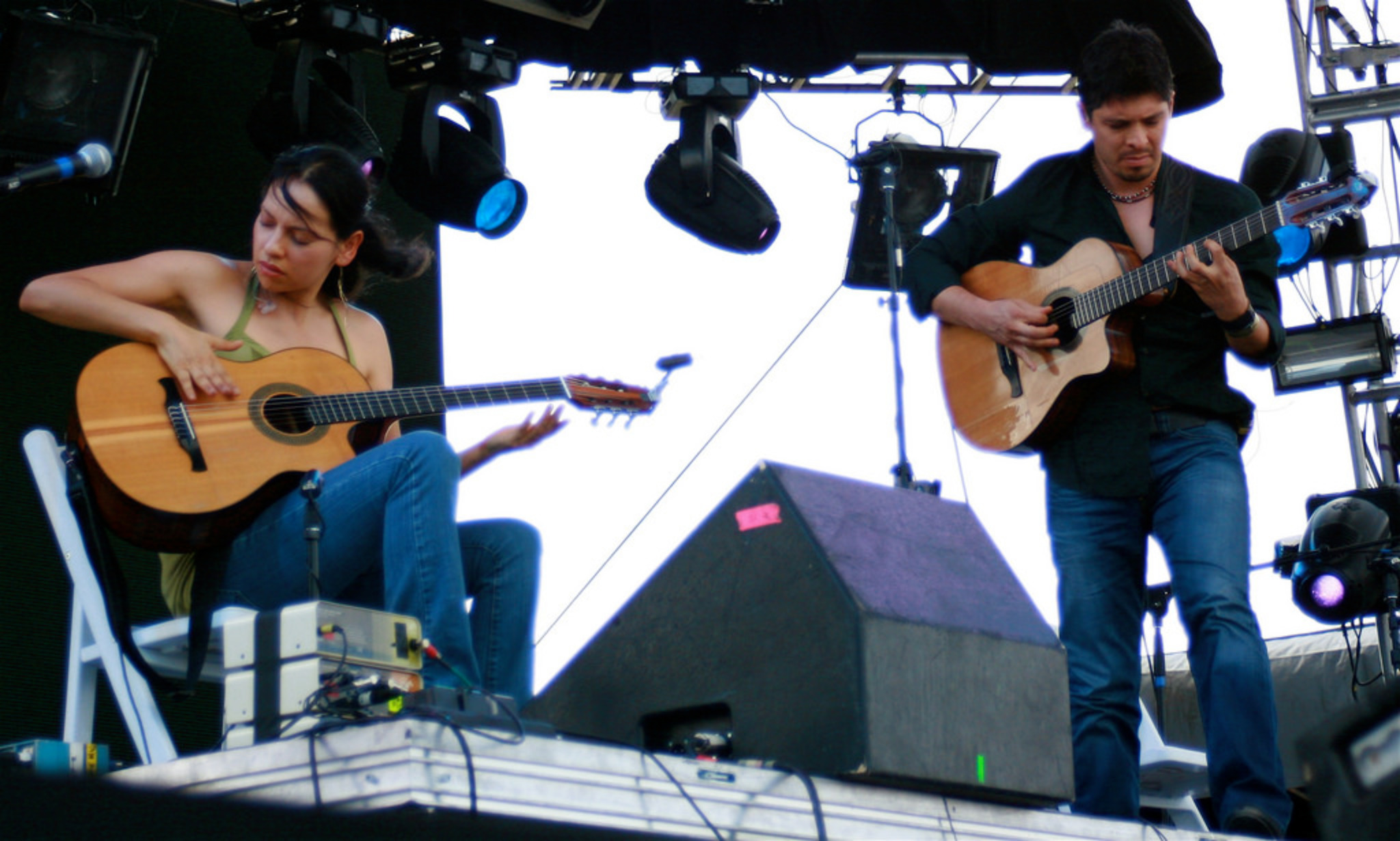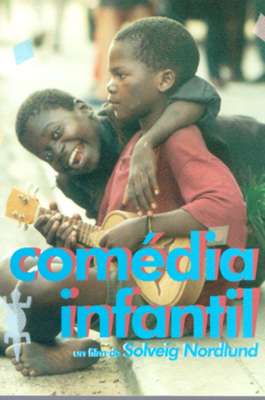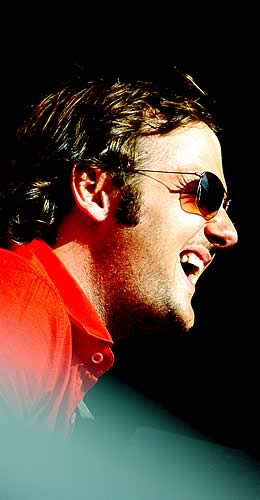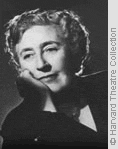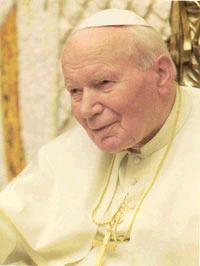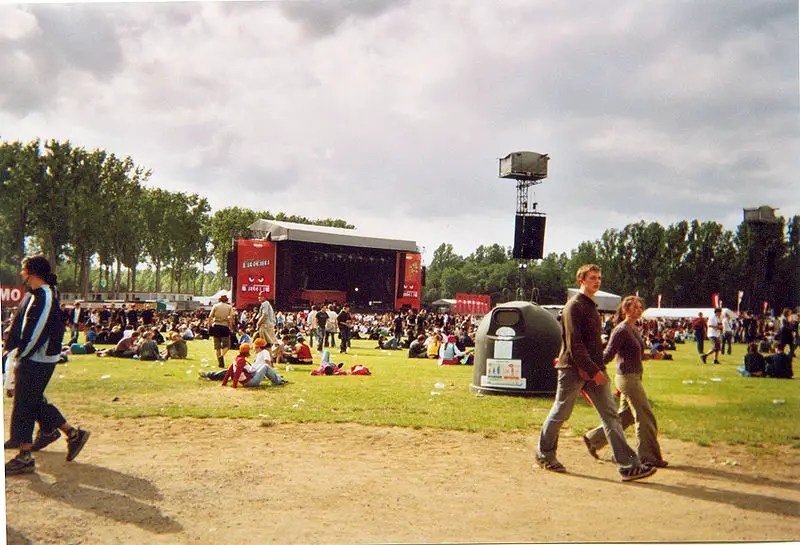Column 3: Being deaf
Since October, I'm taking evening classes in Flemish sign language. Therefore, I want to introduce you in the deaf culture as well.
Like spoken languages, sign languages developed spontaneously since people wanted to communicate with each other. There are several sign languages in the world: American, French, Flemish, etc. The sign languages even differ concerning the region you're in (e.g. for Belgium: Ghent, Bruges, etc.). After all, 90-95% of deaf children have parents who hear, by which these children learn to sign from each other at school. Consequently, between the different schools, there is a variation in the signs noticeable, which in turn explains the (small) differences per region. Sign languages also have their own grammar and structure. In other words, it is an independent language as well
Most, if not all, deaf people are a member of a "deaf club". In the beginning, these clubs were solely accessible for deaf people, but today, people who hear are allowed in too. Lots of activities are arranged: e.g. sports, journeys, formation evenings, etc. In the clubs, they (of course) pass on the aspects of the deaf culture. I'll give some examples of aspects of the Flemish Deaf Community:
° You are not allowed to look away during a conversation; this is insulting
° If you want to draw the attention of a deaf person, you may touch him/her on the arm or shoulder, or provoke vibrations by stamping your feet… You are not allowed to touch him/her at the back since they might be frightened then. If you want the attention of a whole group, you can switch off and on the light very quickly
° You are not allowed to hold someone's hands while he/she is signing. This is the same as putting your hand on someone's mouth while speaking.
° …
To conclude, I'll write something about the 20th Deaflympics, which took place Jan 5-16 in Melbourne, Australia. The origin of the Deaflympics dates back to 1924. That year, the first games (then called "Deaf World Games") took place in Paris. Nine countries, including Belgium, participated. These games are no part of the Paralympics, which started in 1960. There is only one reason for that: COMMUNICATION. In general, deaf athletes do sport following the same rules as hearing athletes. Technics and tactics hardly differ. Adaptations mainly have to do with communication (e.g. light signals instead of whistle). Participating athletes are submitted to dope tests and hearing tests. A hearing loss of at least 55dB at the best ear should be detected to get permission to join in. Hearing aids are not allowed.
In 1953, Belgium (Brussels) organised the 7th edition of the Deaflympics: 16 countries, 524 athletes participated. As mentioned before, this year the games were organized in Melbourne, Australia: 90 countries, 3500 athletes joined in. For the first time, the Deaflympic flame was lighted! For Belgium, four swimmers, four table-tennis players, and two beach-volley teams (men and women) were involved. It was the first time beach volley was an Olympic game. For more information regarding the games, I'd like to refer you to the following websites: www.deaflympics.com and www.belgiumdeafsport.be
The next Deaflympics will take place in 2009 in Taiwan (Taipei). Looking forward to that!





